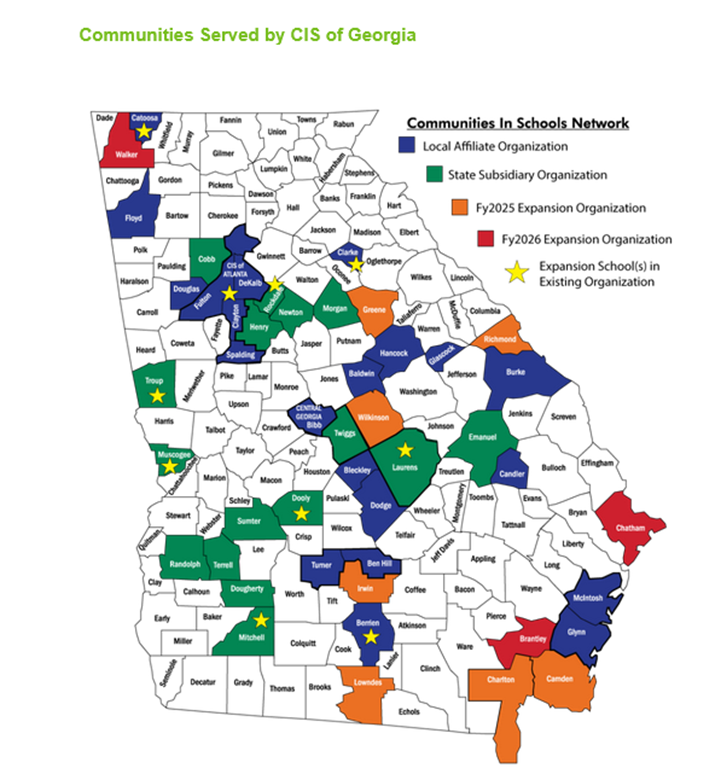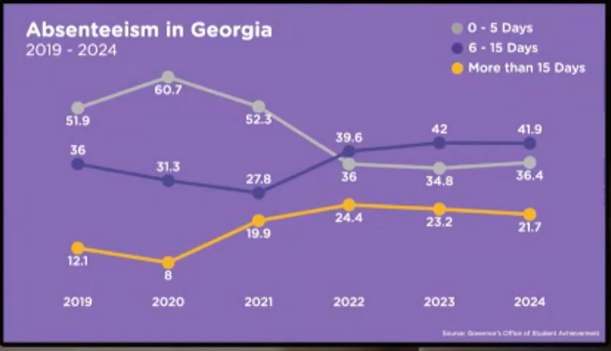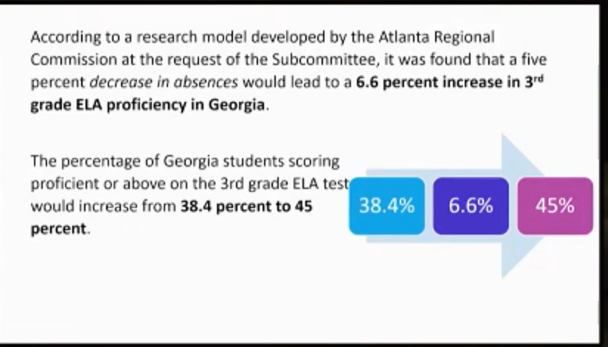House Committee Meets to Address Chronic Absenteeism
- Robert Aycock

- Aug 1, 2025
- 3 min read
The House Study Committee on Student Attendance in PreK-12 Education met July 22.
The study committee was created via HR 711, sponsored by Rep. Chris Erwin (R-Homer), who serves as chair. In addition to Erwin, the following House members sit on the committee:
Rep. Matt Dubnik (R-Gainesville)
Rep. Rick Townsend (R-Brunswick)
Rep. Sandy Donatucci (R-Buford)
Rep. Will Wade (R-Dawsonville)
Rep. Lydia Glaize (D-Fairburn)
The meeting opened with committee member introductions and Erwin outlining the mission of the committee to study the causes of absenteeism and its effects on learning.
PAGE Member Input Opportunities on State Compliance Burdens for Administrators and Chronic Student Absenteeism |
|---|
The House Study Committee on Student Attendance in PreK-12 Education and the Senate Study Committee on Combating Chronic Absenteeism in Schools will each examine the impact of student absenteeism in Georgia's PreK-12 schools.
Legislators and general assembly staffers have requested educator feedback on local best practices that have successfully curbed chronic student absenteeism and on ways state leaders can assist local educators in addressing absenteeism.
PAGE seeks member input for both absenteeism study committees in addition to a third committee reviewing state-level administrative burdens on school administrators. Click the white button below to participate in a short, open-ended survey that takes less than one minute to complete. Responses will be shared with legislators on each committee, but participants can indicate within the survey if they prefer their names and identifiable information be kept confidential.
|
McGiboney Presents Startling Post-COVID Attendance Data

The first presenter was Garry McGiboney, executive director of Health Systems Dynamics, who shared research findings compiled by the Student Attendance Subcommittee of the Get Georgia Reading Cabinet. These data demonstrate that the percentage of students absent for more than 15 days has almost doubled since the COVID pandemic. The percentage of students absent for 6-15 days has also increased. McGiboney stated that both statistics were concerning, as student learning loss can occur after five days of absence. Conversely, McGiboney asserted that decreasing absenteeism by 5% could significantly boost Georgia’s third-grade literacy rates.
McGiboney outlined recommended strategies to combat chronic absenteeism. These include early identification and intervention of at-risk students, support for students transitioning grade levels, promoting collaboration between schools and parents, hiring additional staff such as social workers or nurses, and convening local school attendance and climate committees.
After McGiboney's presentation, Chairman Erwin asked about the effect of suspensions on children and suggested allowing suspended students to make up work during suspensions. Erwin highlighted the need for social workers and vision/hearing screeners. Rep. Townsend expressed interest in finding ways to ensure local districts prioritize student attendance. Responding to questions, McGiboney noted that the work of local school attendance climate committees may have slowed due to judicial turnover and the effects of the pandemic.
GaDOE Highlights Attendance Data Dashboard

Justin Hill, deputy superintendent for whole child supports at GaDOE, showed study
committee members the GaDOE attendance data dashboard and highlighted various datasets found on it. He then presented data on attendance trends, showing that while absenteeism rates are dropping, the decrease is much slower in high schools. Absenteeism rates also remain higher in Title 1 and urban schools. Finally, Hill also recommended strategies to combat chronic absenteeism. Many of these recommendations mirrored McGiboney's. Improving school climate and student experience was noted as the most cost-effective strategy.
Hill concluded by highlighting actions GaDOE is undertaking to fight chronic absenteeism. These include technical assistance, school climate surveys, and various communications products. GaDOE will hold an attendance summit in December.
Responding to committee member questions, Hill stated that the top reasons for students' absences include illness, family vacation, and being too tired. This last reason was most heavily reported by high school students.
Education Organization Input


Communities in Schools (CIS) of Georgia President and CEO Carol Lewis and Program Manager Fred Stanley provided committee members an overview of the organization’s work in Georgia. Lewis stressed the importance of preventing absenteeism by investing in community and whole-child supports.
Committee members expressed support for CIS and asked how they could support more school districts. Lewis and Stanley responded that finding a local champion to help promote the organization was the most effective method.
Next Steps

The House Study Committee on Student Attendance in PreK-12 Education is set to meet again Sept. 22






